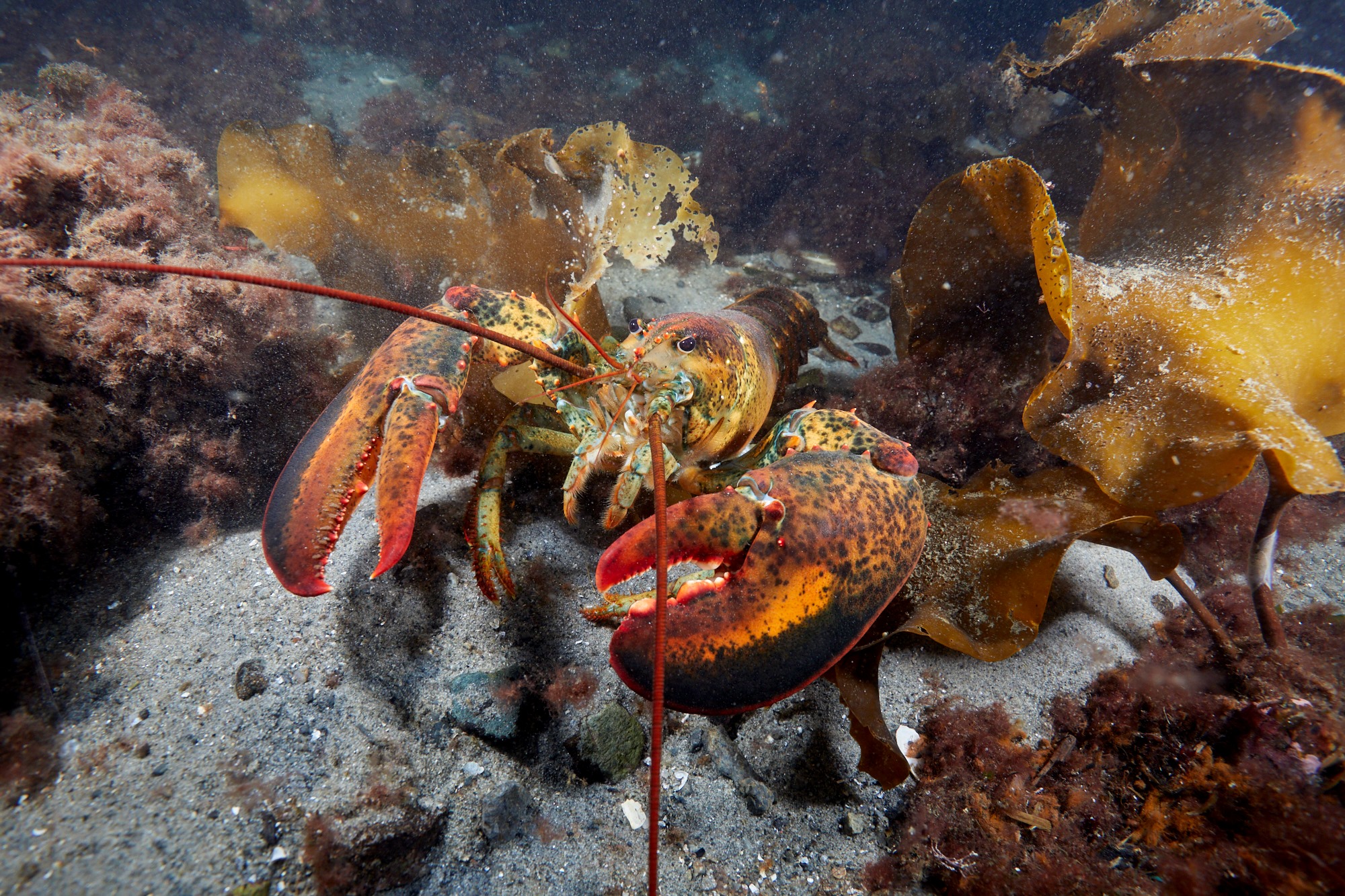By E.V. Bell, S.C. Sea Grant Consortium
Edited by Joey Holleman and Susan Ferris Hill, S.C. Sea Grant Consortium
Cigarette butts litter beaches, abandoned boats clog waterways and microplastic particles can infiltrate marine creatures. Marine debris is an ugly and obstinate problem, but it also serves as an eye-opening platform for education and engagement.
The S.C. Sea Grant Consortium provides multiple opportunities for people of all ages to learn about the challenge of marine debris as well as ways to do something about it.
The Consortium and several partners in 2008 published The Educator’s Guide to Marine Debris for the Southeast and Gulf of Mexico. Its lessons range from a basic definition of litter (waste disposed of in the wrong place) to explanations of why specific litter can be a problem (for example, sea turtles can mistake floating plastic bags as jellyfish and eat them).
To move from learning basics to thinking in-depth, the guide provides links to litter laws in coastal states along with an activity sheet for students to create their own marine debris regulations. A companion poster – Marine Debris from Land and Sea – details the estimated time it takes for certain materials to break down in the ocean.
Beach Sweep/River Sweep, one of the Consortium’s long-running flagship programs coordinated in partnership with S.C. Department of Natural Resources, takes the next step to actually attacking the problem. The Sweep is held in conjunction with the Ocean Conservancy’s International Coastal Cleanup, and thousands of volunteers fan out on beaches, marshes and waterways throughout South Carolina on the third Saturday of September to pick up trash. Adults are encouraged to bring their children, and many K-12 students, college clubs and community groups adopt various locations. The process ends up being a learning experience for each generation, as they recognize the severity of the problem.
“My son and I had a great bonding experience while participating in the Beach Sweep/River Sweep,” said Ed Decker, who volunteered at a Charleston area cleanup on the Wando River. “We always stress the importance of not littering to our children. However, no words were needed when my son saw the excessive amount of garbage brought in with the extra high tide.”
Beach Sweep/River Sweep volunteers and site captains also keep track of the specific debris picked up, and the results are posted on the Ocean Conservancy’s Trash Information and Data for Education and Solutions (TIDES) website. In September 2016, nearly 4,100 volunteers cleaned almost 1,000 miles and picked up nearly 24 tons of debris. The most common items were cigarette butts (about 34,277), plastic bottle caps (9,577), food wrappers (7,490) and plastic beverage bottles (6,472). Plastic pieces measuring 2 cm or less were also counted: 10,806 pieces, or 8.06% of all debris collected.
The Consortium’s Clean Marine program is another example of following through on education with action. With funding from the National Oceanic and Atmospheric Administration’s Marine Debris Program, the Consortium and the S.C. Department of Health and Environmental Control spearheaded a two-year project that removed 12 abandoned or derelict boats totaling 91 tons from coastal waterways. Volunteers also set up temporary disposal sites throughout Charleston County, encouraging the recycling of fishing-related gear that all too often ends up in waterways; this effort helped dispose of 12.5 tons of debris.
The most in-depth education is built on research. The Consortium has funded multiple projects at Clemson University and The Citadel investigating the impact of microplastic particles in the marine environment. The tiny particles released during the breakdown of plastic trash increasingly are showing up not only in water but also in the tissue of marine creatures. An educational poster that describes how plastics degrade into microplastics, potential effects on wildlife and what people can do to help reduce the amount of plastics in the environment is available at the Consortium and participating distribution partners.
An issue of the Consortium’s quarterly Coastal Heritage magazine was devoted to educating the public on the microplastics dilemma. John Weinstein, a Consortium researcher at The Citadel, put it in terms understandable to people of all ages. “If you see a bottle in the marsh and you don’t pick it up, it will eventually break up into many microplastics,” Weinstein said. “If you don’t collect those larger pieces of plastic trash, they will disappear, and not in a good way.”


